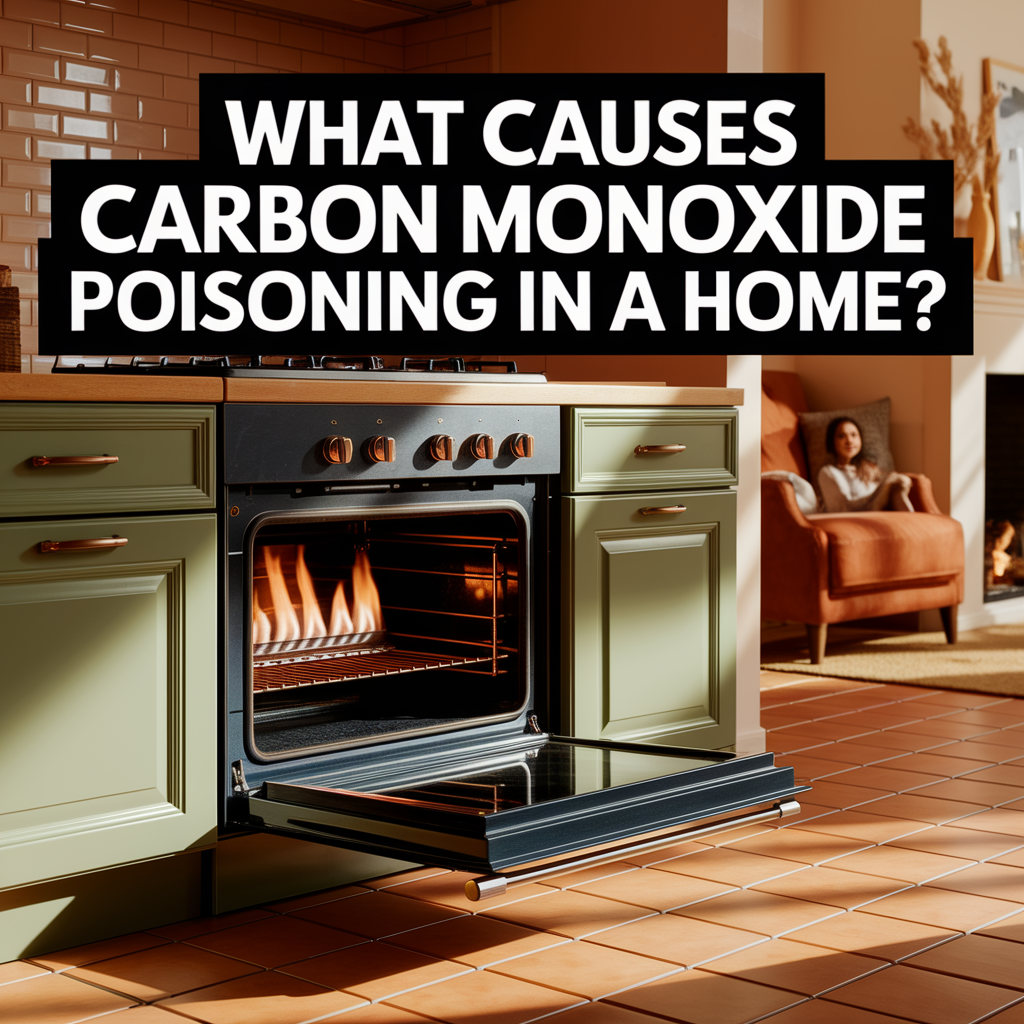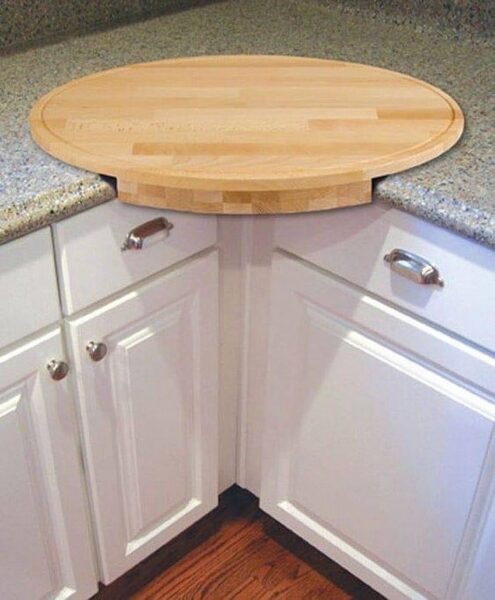
What Exactly Causes Carbon Monoxide Poisoning in a Home?
Carbon monoxide (CO) is a silent danger that can creep into any home—not just old ones or fixer-uppers. If you have gas appliances, a wood-burning fireplace, or even an attached garage, your home is already on the list of potential risk zones.
So, what causes carbon monoxide poisoning in a home? It comes down to incomplete combustion—when something that burns (like gas, wood, or oil) doesn’t burn completely, CO is released.
Here are the most common culprits:
- Gas furnaces – Especially dangerous when improperly vented or not maintained.
- Water heaters – A cracked heat exchanger or blocked flue can back up fumes into your home.
- Clogged dryer vents – A simple lint blockage can prevent proper exhaust, causing gases to recirculate.
- Kitchen ranges and ovens – Using them to heat the house (don’t!) or faulty ignitions can lead to CO buildup.
- Fireplaces and wood stoves – If chimneys are blocked or cracked, carbon monoxide has nowhere to go.
- Running a vehicle in an attached garage – Even for just a few minutes, CO can seep into connected living spaces.
🌨️ Snow can make things worse. When snow piles up around vents, chimneys, or furnace exhaust pipes, it traps CO inside. Make sure you’re regularly clearing these spots, especially after a heavy snowfall. Here’s a smart seasonal tip on how to prevent winter CO danger by clearing snow.
Don’t Just Wonder—Detect It
You can’t see, smell, or taste carbon monoxide. That’s what makes it so deadly. Even with clean-looking appliances and no odd smells, the gas can still build up.
💡 Pro tip: Install CO detectors near bedrooms and fuel-burning appliances. And if you ever notice a rotten egg smell in your house, it might signal a gas leak—here’s how to fix it fast.
Prevention Is Easier Than You Think
You don’t have to be an HVAC pro to take steps that protect your family. Regular maintenance and good habits go a long way. Here’s what I personally recommend doing:
- Get an annual inspection for all gas appliances.
- Keep vents and exhaust pipes free of snow, lint, and nests.
- Never warm up your car in the garage—even if the door is open.
- Use activated carbon air filters to improve indoor air quality and reduce airborne toxins. Here’s a guide to DIY air vent filter upgrades.
Still unsure where to begin? Our full post breaks it all down: How to Prevent Carbon Monoxide Poisoning ✅
How to Catch a Leak Before It Becomes a Tragedy
The best thing you can do? Be proactive. Check out this in-depth breakdown on how to identify a CO leak before it’s too late.
And if you’re new to homeownership, we’ve got a solid checklist of 8 must-know tasks every new homeowner should do—especially those related to safety.
Still curious about this invisible threat? Take a deep dive into the deadly gas you can’t see, smell, or taste to understand why carbon monoxide deserves your attention.
What Causes Carbon Monoxide Poisoning in a Home? Here’s What Most People Overlook
When I first heard about carbon monoxide poisoning in the news, I figured it only happened in run-down homes or places with major gas leaks. But then I started digging—and it turns out, this invisible gas can build up in almost any home, even if everything looks perfectly fine. So, if you’ve ever asked yourself, what causes carbon monoxide poisoning in a home?, buckle up—because there’s a lot to know, and it’s easier to overlook than you might think.
If you’re a homeowner (or even just renting a place with fuel-burning appliances), you’ve already got the key ingredients for a potential carbon monoxide problem. This gas is colorless, odorless, and tasteless, which is what makes it so dangerous. It builds up quietly… and by the time symptoms hit, it could be too late.
CO Poisoning Isn’t Just a “Winter Problem”
Sure, carbon monoxide poisoning spikes in the winter—but it’s not seasonal. While snow can definitely block furnace vents (more on that ❄️ right here), the risk of CO leaks can happen any time you use a fuel-burning appliance, including:
- Gas water heaters
- Furnaces and boilers
- Fireplaces (yes, even gas fireplaces)
- Wood-burning stoves
- Gas kitchen ranges and ovens
- Gas dryers
- Portable generators
- Vehicles running in attached garages
I go into more detail in our guide: How to Prevent Carbon Monoxide Poisoning, but the key takeaway is this: incomplete combustion = CO gas. And when that gas has nowhere to go? It builds up inside your home.
Real-Life Risk: Why Dryer Vents and Fireplaces Are Bigger Problems Than You Think
I had no clue my dryer vent could be a carbon monoxide hazard until I noticed a musty smell and had it checked. Turns out, it was partially clogged with lint. Yikes.
Blocked or damaged vents trap exhaust gases inside, and if your dryer runs on gas, that includes CO. And don’t even get me started on fireplaces—if your chimney flue isn’t working properly or gets blocked (think bird nest, soot, snow, or even leaves), carbon monoxide can back up into the house every time you light a fire.
If you want to improve air circulation and catch issues early, I recommend adding something as simple as activated carbon air vent filters. They help with dust and VOCs too, which is a bonus if you have allergies.
Vehicles in Garages: A Silent Killer You Never Think About
Running your car in the garage “just for a second” to warm it up or let it idle? Big mistake. Even with the garage door open, carbon monoxide seeps into connected rooms and lingers for hours.
This is one of the top causes of accidental CO deaths in the U.S.—especially in colder months when people don’t want to step outside to start their car.
Make it a rule: never run any gas-powered engine (car, lawnmower, generator) in an enclosed space. Period.
The Invisible Clues of a CO Leak
One of the most terrifying parts about carbon monoxide? You can’t smell or see it—but your body starts reacting before you realize what’s going on. Early symptoms include:
- Headache
- Dizziness
- Fatigue
- Nausea
- Confusion
- Chest pain
If you’re feeling off but can’t explain why, don’t wait. Learn how to spot the warning signs in our guide: How to Identify a CO Leak Before It’s Too Late.
And if you’re noticing a rotten egg smell in your home, that might not be CO—but it’s still a gas leak risk you need to handle fast. Here’s how to fix that smell safely.
New Home? Start With This Safety Task First
If you just bought a home (or moved into one), checking for carbon monoxide detectors should be one of the very first things you do. I can’t stress this enough. CO alarms should be installed near every sleeping area and on every level of your home—especially close to fuel-burning appliances.
Here’s a list of 8 must-know tasks for first-time homeowners that includes this and other vital safety checks you should tackle before doing any decorating or painting.
Don’t Be Fooled by a Quiet Furnace
Your furnace may look and sound like it’s working perfectly. But if it hasn’t been serviced in years, it could still be leaking carbon monoxide without warning. The heat exchanger may be cracked, or the flue could be disconnected or blocked.
I’ve heard horror stories where homeowners found out after someone in the house got sick—or worse. Schedule annual maintenance with a certified technician and ask them to specifically inspect for CO issues.
The Gas You Can’t Smell, Taste, or See
At the end of the day, the most important thing to remember is that carbon monoxide is undetectable without the right equipment. That’s what makes it so dangerous. You can feel fine one minute and disoriented the next.
Want to dive deeper into why this gas is so deadly? Here’s the breakdown of what makes CO the most dangerous gas in your home.
Takeaway: How to Stay Safe From Carbon Monoxide at Home
Let’s bring it home—literally. If you want to protect your family and sleep better at night, here’s the simplified game plan:
- Install CO detectors on every level of your house
- Maintain all gas and fuel-burning appliances annually
- Clear snow and debris away from vents and chimneys
- Never run cars or generators in closed garages or near vents
- Educate your family on the symptoms of CO poisoning
- Use quality air filters like these DIY carbon vent filters
If you’re looking for peace of mind, take five minutes to read How to Prevent Carbon Monoxide Poisoning—I promise, it’s worth your time.
As an Amazon Associate we earn from qualifying purchases through some links in our articles.



